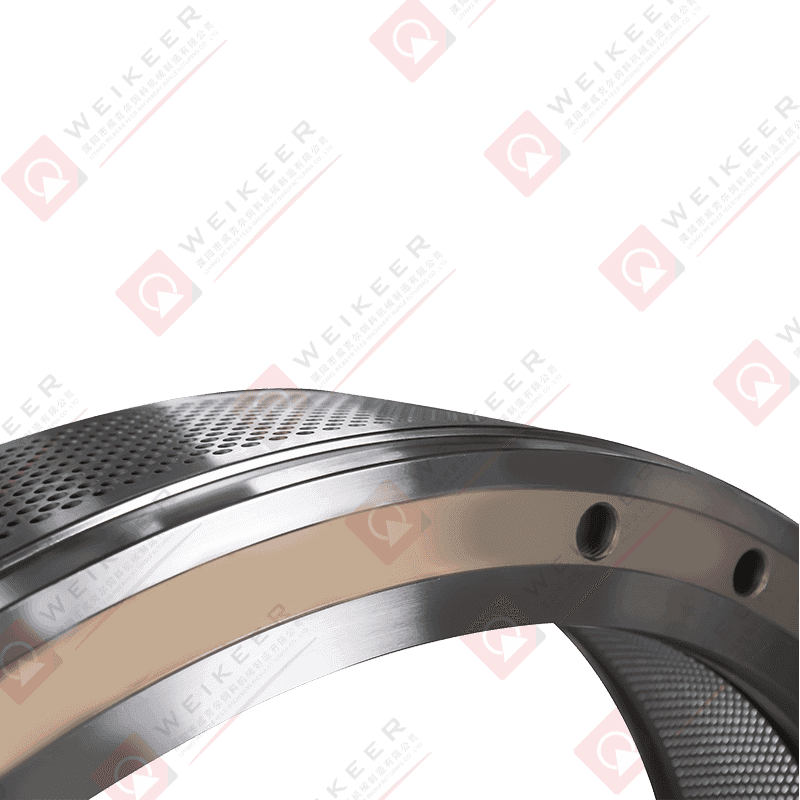In the dynamic world of renewable energy, biomass pellet dies stand as a testament to how tradition and innovation can coexist harmoniously. By combining time-tested principles of material compression with cutting-edge technologies, these dies continue to redefine how we approach sustainability, efficiency, and scalability in biomass energy production. From enhancing everyday processes to enabling groundbreaking applications, biomass pellet dies exemplify the perfect blend of heritage and progress.
Honoring Traditional Techniques with Modern Enhancements
At the heart of biomass pellet dies’ appeal is their foundation in traditional compaction techniques, which have been refined over decades. The basic principle involves applying high pressure to raw biomass materials, forcing them through die holes to form dense pellets. Biomass pellet dies build upon this legacy by incorporating advanced materials and engineering techniques, delivering superior performance in demanding environments.
For example, in the agricultural sector, pellet dies are used to transform crop residues like wheat straw and sugarcane bagasse into biofuel pellets. Their ability to handle abrasive and fibrous materials ensures consistent pellet quality, even under challenging conditions. Similarly, in forestry operations, pellet dies process wood chips and sawdust into fuel pellets, providing a renewable alternative to traditional heating fuels like oil and gas.

Even in artistic applications, biomass pellet dies demonstrate their versatility. Sculptors and designers use them to create decorative items from compressed organic materials, pushing the boundaries of what is possible with traditional fabrication techniques. This creative potential highlights the adaptability of pellet dies, bridging technical precision with artistic expression.
Driving Innovation Through Sustainability and Technology
While rooted in tradition, biomass pellet dies have embraced technological advancements to meet the demands of modern energy systems. Automation plays a pivotal role in this evolution, with computer-controlled pellet mills enabling seamless integration into complex networks. Real-time data collection and analysis allow operators to monitor die performance, detect anomalies, and optimize workflows, ensuring maximum uptime and efficiency.
Sustainability is another area where biomass pellet dies shine. By minimizing material waste and extending service life, they align with global efforts to reduce the environmental footprint of industrial processes. For instance, the precision of die designs ensures that raw materials are compressed to their optimal density, leaving behind fewer inefficiencies and reducing operational costs. Additionally, the recyclability of metal components contributes to circular economy initiatives.
Advancements in hybrid technologies are further expanding the capabilities of biomass pellet dies. Combining them with variable compression ratios or multi-stage pressing systems creates multi-functional solutions capable of handling diverse tasks within a single setup. This integration streamlines production cycles, reduces lead times, and enhances overall competitiveness.
Versatility Across Industries
The versatility of biomass pellet dies is one of their greatest strengths. They can be applied to virtually any industry requiring precise, repeatable results. In defense and military applications, they produce lightweight yet durable components for drones, satellites, and armored vehicles. In consumer electronics, they enable the mass production of sleek, compact devices that meet stringent design requirements.
Even in emerging fields like additive manufacturing, biomass pellet dies complement 3D printing by providing a reliable method for post-processing printed parts. This synergy ensures that components meet dimensional accuracy and surface finish standards, bridging the gap between prototyping and full-scale production.
Biomass pellet dies exemplify the perfect blend of tradition, innovation, and sustainability, addressing the complex challenges posed by modern engineering. By honoring established principles, embracing cutting-edge technologies, and supporting eco-friendly practices, they continue to shape the future of renewable energy. As industries strive for smarter and greener solutions, biomass pellet dies will undoubtedly remain a cornerstone of progress, proving that sometimes the oldest ideas—like compressing materials—can inspire the most transformative innovations.


 русский
русский Español
Español عربى
عربى 中文简体
中文简体











